Things that don’t cause a hot-skin voltage…
Does reverse polarity, flipped battery cables, or a missing ground rod cause you to feel a shock? (Rerun March 2023)
Everyone,
I’ve been at a RV dealer show for the last few days, and I was amazed at how many licensed RV technicians claimed that reversed neutral/hot polarity in a pedestal outlet will cause an RV hot-skin voltage. Well, it doesn’t cause a hot-skin if the RV is properly wired.
And don’t confuse a simple reversed Neutral/Hot polarity with an RPBG (Reverse Polarity Bootleg Ground). Read all about it below and post a comment if you have any questions.
From the Forest River Forums
Originally Posted by DirtSquirt
I replaced the valve on my black water flush out system today and noticed that when I touched any metal part of the frame of my trailer, I could feel an electrical current running through it! Not enough to really shock me, but certainly enough to cause some discomfort. It doesn’t matter where on the frame I touch, either – it feels the same. What is going on? I have a 2010 Rockwood Roo 23 RS.
Originally Posted by jmsokol
This is Mike Sokol from the No~Shock~Zone, and I just received a private message from the forum moderator that I was needed here, sort of like the Batman Signal, I guess….
OK, let’s get to the bottom of this quickly, since this is a simple thing. But first, let me detail what it is NOT!
Hot-skin is NOT caused by reversed battery cables.
And you certainly don’t want to be swapping battery cables at any time since that really DOES reverse DC polarity and could easily destroy electronics such as your inverters, televisions, stereo systems, etc.
That’s because a battery has a positive and a negative pole, so reversing the cables actually reverses the positive/negative polarity. Electronics are VERY sensitive to polarity reversal and can be destroyed by it in a few milliseconds (a millisecond is 1/1000 of a second).
So no, reversed battery cables can’t cause a hot-skin voltage…
Hot-Skin is NOT caused by reversed Hot/Neutral polarity
Unless something else is miswired in the RV at the same time, reversed AC polarity won’t cause a hot-skin voltage..
Reverse AC polarity is defined as the Hot and Neutral wires being swapped or “reversed” in the extension cord or outlet. Note that the Neutral conductor is supposed to be isolated from the frame and skin of your RV according to the NEC (National Electrical Code) and RVIA (Recreation Vehicle Industry Association) build codes.
If you’ve accidentally bonded (connected) the Neutral and Chassis Ground together inside of the RV load center, then it’s possible that a Reversed Polarity Outlet could energize the RV chassis/skin. But if the ground wire is intact back to the service panel, the fault current should trip the circuit breaker within milliseconds.
A missing EGC ground wire can allow a hot-skin voltage
It’s definitely some sort of compromised connection of the EGC (Equipment Grounding Conductor) more commonly called a safety ground, or simply “ground” by most consumers. This “ground” conductor is supposed to drain away any small ground fault currents and trip a circuit breaker for any large currents.
By definition, a ground fault current is any sort of leakage between the incoming hot wires and the chassis of an appliance or your RV itself. There will ALWAYS be some ground fault leakage current occurring in ANYTHING plugged into a power outlet, but it’s normally very small, typically less than a few mA (a milliamp is 1/1000 of an ampere).
Most of the time there will be a balancing act between the hot and neutral leakage impedances, with the open ground hot-skin voltage biasing the chassis (and skin) of an RV to around 1/2 of the line voltage.
That means if your RV ground bond is compromised without anything else being wrong in your RV, you’ll often measure 40 to 80 volts between the RV frame and a screwdriver stuck in the earth. While this sort of low-current ground fault may not be immediately deadly, you still need to take it seriously since it can turn into a high current ground fault in a heartbeat, and there will be nothing to stop it from killing you or a loved one.
Why does this happen?
OK, now let’s consider what can compromise your RV’s grounding system. There needs to be a solid (low resistance) connection between the frame/chassis of your RV all the way back to the electrical service panel feeding your home or the campground. So everywhere there’s a connector it’s possible for a failure to occur.
That means that it could be caused by a broken or loose or corroded connection in your shore power cable, extension cord, dog-bone adapter, pedestal outlet, or even the AC power service feeding the pedestal or outlet itself.
I’ve seen loose grounding screws inside of the RV’s load center cause this, and even a broken ground screw on the back of the RV’s shore power jack on the side of the vehicle. To be code compliant, this EGC (ground) path needs to have less than 1 ohm impedance back to the service panel’s ground bonding point.
It’s not caused by a missing ground rod
Note that a ground rod connected to the frame of your RV does NOT “ground” your RV.
Lot’s of reasons for this, but a ground rod can often measure up to 100 ohms to the earth; so while it might drain away a low-current ground fault, it certainly CAN’T drain away a high-current ground fault. That type of high-current fault can be caused by a screw being driven through a wire in the wall, or insulation worn through by rubbing on the frame, or even a failed transformer in your microwave oven. As a side note, leveling jacks on the ground do nothing to “ground” your RV, so don’t get me started on that subject.
A Reverse Polarity Bootleg Ground (RPBG) is extremely dangerous
Finally, there’s one really dangerous outlet miswiring condition I sometimes find in old garages and residential receptacles that were built prior to the ‘60s when ground wires weren’t included in branch circuits.
I call it an RPBG (Reverse Polarity Bootleg Ground) and it can’t be detected by any standard tests including 3-light outlet testers or even metering between H-N, H-G and N-G. You must have an external voltage reference to earth to find it.
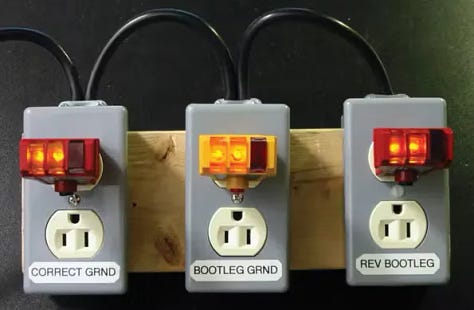
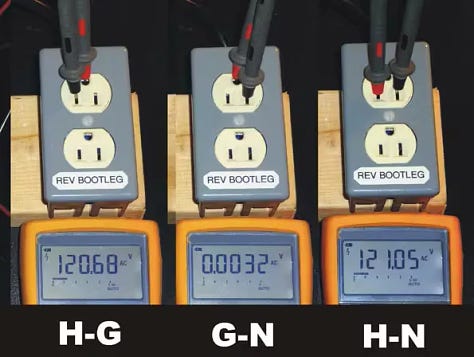
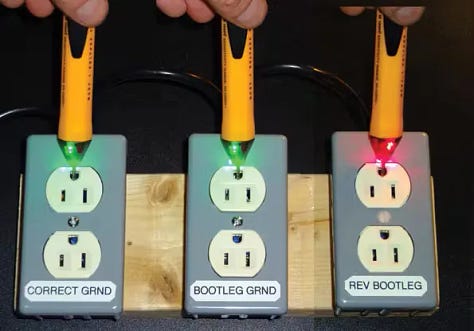
Read my deep-dive on RPBG outlet dangers and testing HERE.
You should never feel a shock!
So, please take any felt shocks as a sign that something is seriously wrong with your RV’s grounding system, which could be anywhere from the outlet itself, dog-bone adapter, extension cord, shore power cord, or even the ground bonding point inside your RV itself.
Modern code requires that RVs and appliances are designed so that you NEVER feel a shock. If you do, then the RV grounding system has failed. It’s as simple as that.
Let’s play safe out there…. Mike





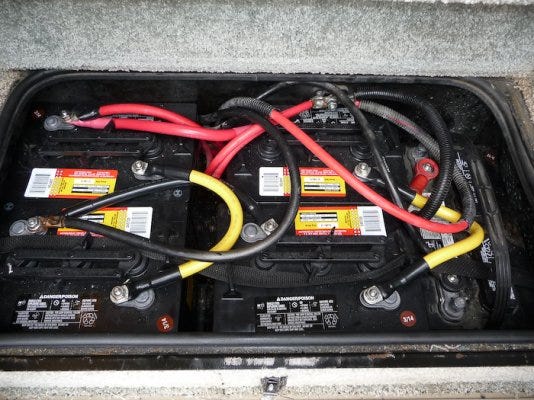
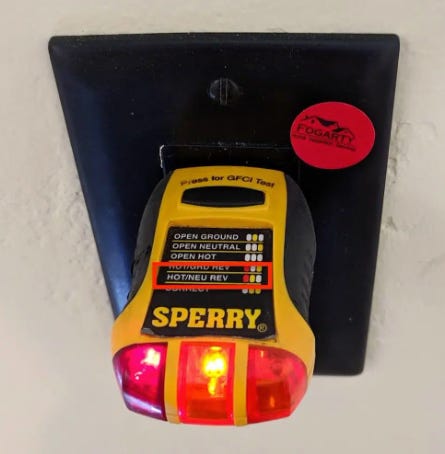
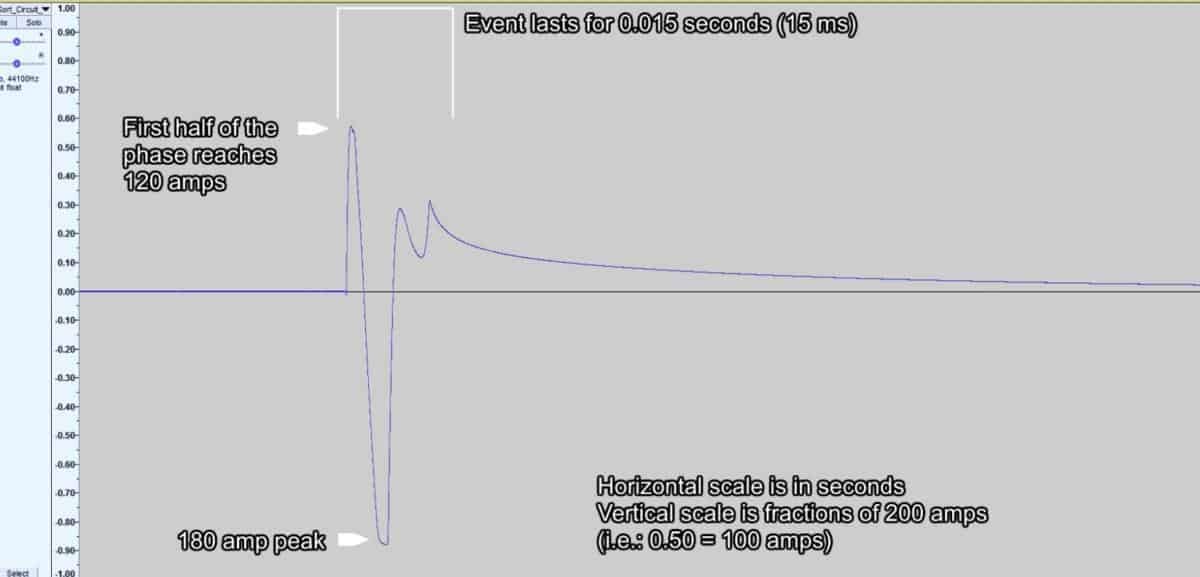
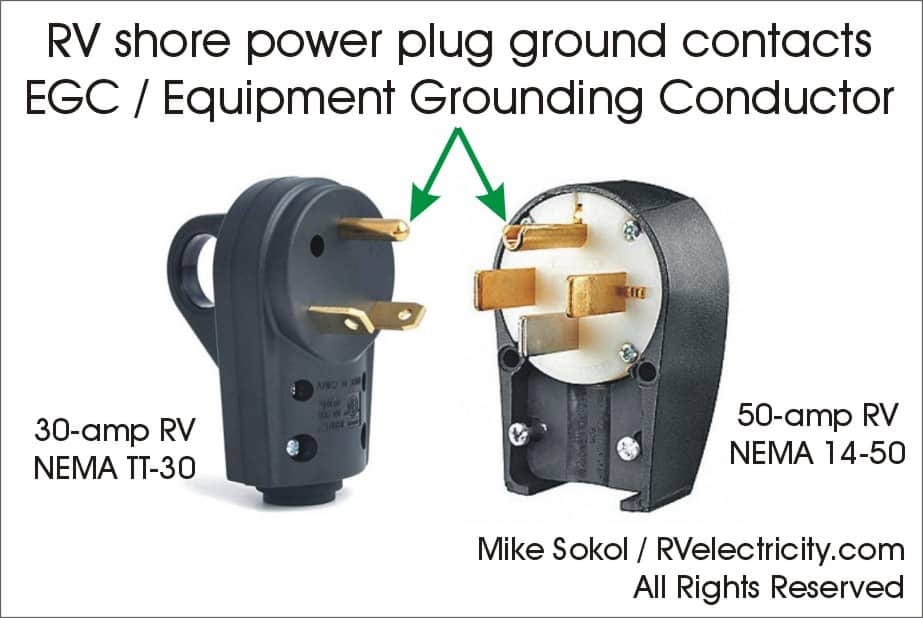
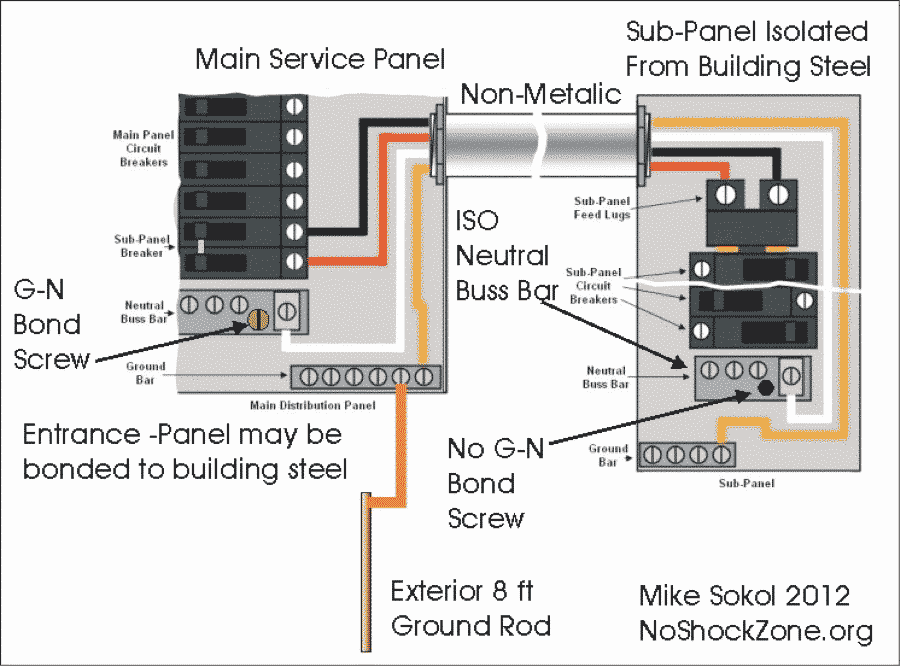
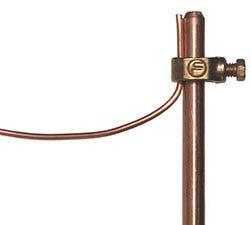
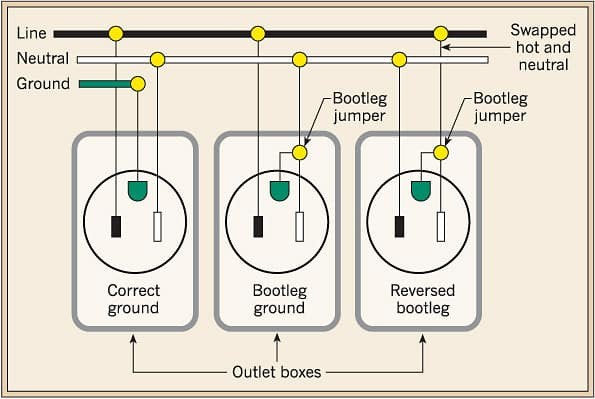
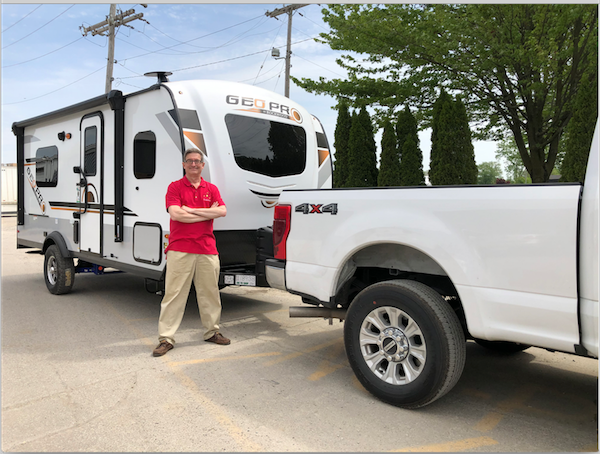
Love your comment in regard to " licensed RV technicians" they obviously didn't take one of your seminars for proper RV wiring! Great information today on hot skin, this should answer all questions.
Thank Mike
Snoopy